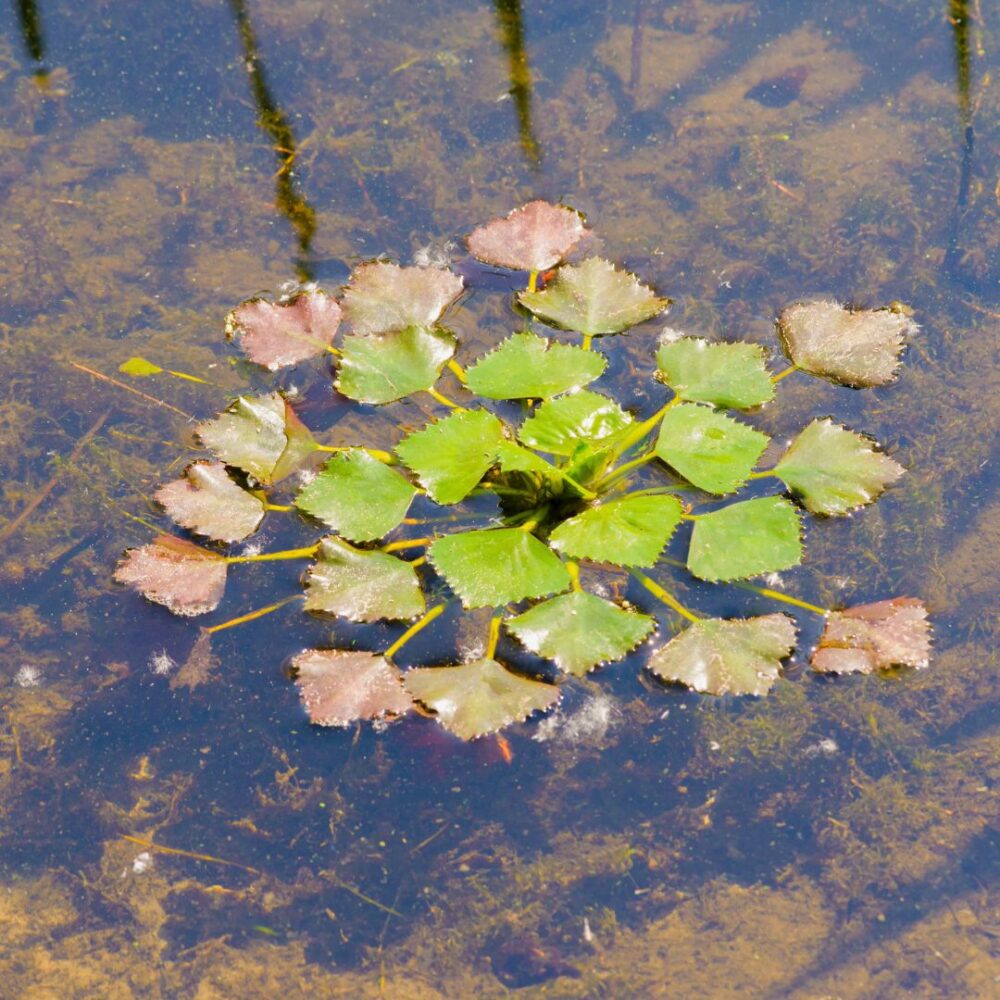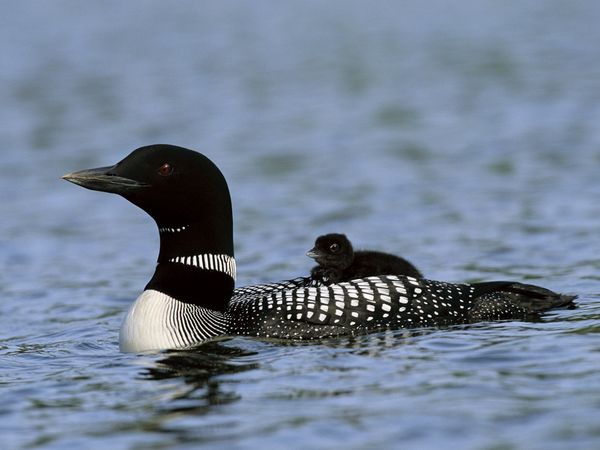What's New

Many of our Indian River Lakes have already faced significant challenges from invasive species like Eurasian milfoil—a fast-growing aquatic plant that can choke out native vegetation and make recreation difficult. But if you thought Eurasian milfoil was bad, it doesn’t hold a candle to the threat posed by water chestnut (Trapa natans), an invasive species that could have devastating consequences for our lakes if not caught early.
At last year’s Water Quality Conference, Dr. Brad Baldwin, a professor at St. Lawrence University, gave a compelling presentation on this issue. Brad has spent decades working on nutrient sampling and water quality at Black Lake and has more recently focused on tracking the spread of water chestnuts, particularly in the Oswegatchie River near Heuvelton. The images and stories he shared from that area were alarming—dense mats of floating water chestnut plants, each capable of producing hundreds of seeds that can remain viable in sediment for up to 12 years.
The St. Lawrence Eastern Lake Ontario Partnership for Regional Invasive Species Management (SLELO PRISM)—a close partner of IRLC—has been working to contain this threat through early detection and rapid response. For several summers, they have hosted hand-pulling events along the Oswegatchie River, where volunteers remove young water chestnut plants before they can spread downstream. These efforts are aimed at preventing the plant’s establishment in Black Lake—a key waterbody in our watershed. This year’s hand-pull is scheduled for July 11, and we encourage our community members to get involved. https://www.sleloinvasives.org/event/oswegatchie-river-water-chestnuts/
Early detection and action are our best defenses. While PRISM offers excellent identification guides and support, the most important line of defense is you. Lake residents and users are the first to notice changes in the water. Monitoring your shoreline and learning to identify water chestnut is critical to keeping our lakes healthy.
To help with this, Brad Baldwin and IRLC have developed easy-to-use water chestnut identification cards. These are available to place at your local business, share with your lake association, or pass along to friends and neighbors. Just having this information out in the community can make a big difference in stopping an infestation before it starts.
Brad Baldwin’s research also revealed that about 60% of the nutrients entering Black Lake are coming directly from the Indian River, highlighting the river’s significant impact on downstream water quality. Nutrients like nitrogen and phosphorus are naturally present in water, but when they become too concentrated—often due to runoff from fertilizers, failing septic systems, or erosion—they can fuel harmful algal blooms, increase weed growth, and reduce oxygen levels in the water. This can harm fish populations, reduce water clarity, and make swimming and boating unpleasant or even unsafe.
To identify and address these nutrient sources, Brad and his team have been conducting lab-certified nutrient sampling throughout the Indian River. This involves collecting water samples at various points along the river and testing them for excess nutrient levels. These tests can be costly, especially when done consistently over time and across multiple locations. That’s why the Black Lake Association has stepped in to raise funds locally to help cover these important expenses.
Preventing the Spread: Clean, Drain, and Dry
Invasive species like water chestnut often hitch a ride from one waterbody to another on boats, trailers, and gear. That’s why it’s critically important for all boaters to clean, drain, and dry their equipment before moving between lakes, especially if visiting more than one lake in a single day. Even a small plant fragment or seed stuck to a trailer or caught in a bilge can start a new infestation.
Make sure to:
Clean your boat, trailer, and equipment thoroughly—remove all mud, plants, and debris
Drain water from your motor, live wells, and bilge
Dry everything completely before entering a new body of water
A few extra minutes of care can protect our lakes for years to come.
If you’re interested in supporting water quality monitoring, helping to distribute identification cards, or learning more about how you can prevent the spread of invasive species like water chestnut, please reach out to IRLC Stewardship Chair John O’Driscoll.
Together, we can protect our lakes from invasive threats and ensure they remain healthy for generations to come.
To learn more, sign up for our water quality conference June 6th!

